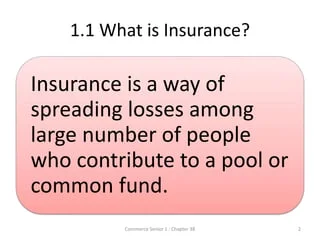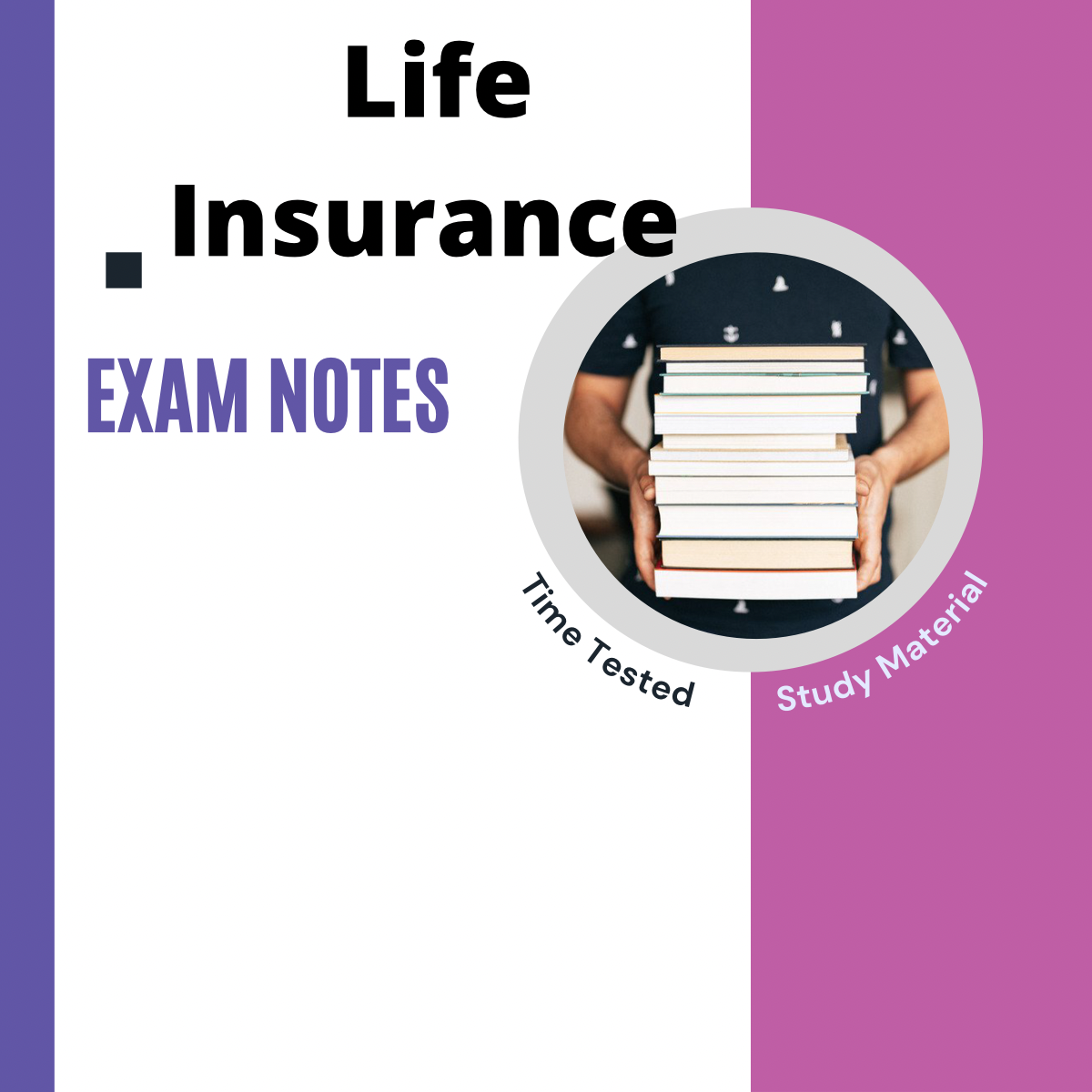Little Known Facts About Pacific Prime.
Little Known Facts About Pacific Prime.
Blog Article
Indicators on Pacific Prime You Need To Know
Table of ContentsPacific Prime for DummiesExcitement About Pacific PrimePacific Prime Things To Know Before You BuyExamine This Report on Pacific PrimeThe Ultimate Guide To Pacific Prime

This is because the information were collected for a period of solid financial performance. Of the approximated 42 million individuals who were without insurance, just about regarding 420,000 (concerning 1 percent) were under 65 years of age, the age at which most Americans come to be eligible for Medicare; 32 million were adults between ages 18 and 65, about 19 percent of all grownups in this age; and 10 million were children under 18 years old, regarding 13.9 percent of all children (Mills, 2000).
These price quotes of the number of persons without insurance are produced from the yearly March Supplement to the Current Population Survey (CPS), performed by the Demographics Bureau. Unless otherwise noted, national price quotes of individuals without medical insurance and percentages of the populace with various type of coverage are based on the CPS, the most widely utilized source of quotes of insurance policy protection and uninsurance prices.
Pacific Prime Things To Know Before You Get This

Still, the CPS is specifically helpful since it generates annual price quotes fairly promptly, reporting the previous year's insurance coverage estimates each September, and because it is the basis for a consistent collection of quotes for even more than twenty years, permitting analysis of trends in protection in time. For these reasons, as well as the extensive usage of the CPS in other studies of insurance policy coverage that exist in this record, we count on CPS estimates, with constraints noted.

The estimate of the variety why not try these out of uninsured individuals expands when a populace's insurance coverage status is tracked for a number of years. Over a three-year period beginning early in 1993, 72 million individuals, 29 percent of the united state population, were without coverage for at the very least one month. Within a single year (1994 ), 53 million individuals experienced at the very least a month without protection (Bennefield, 1998a)
Six out of every ten without insurance grownups are themselves used. Functioning does improve the possibility that one and one's family members will certainly have insurance, it is not a guarantee. Also participants of households with two full-time wage earners have nearly a one-in-ten chance of being uninsured (9.1 percent uninsured price) (Hoffman and Pohl, 2000).
The Definitive Guide for Pacific Prime
New immigrants represent a significant percentage of people without medical insurance. One evaluation has associated a significant section of the current development in the size of the united state without insurance populace to immigrants that got here in the country in between 1994 and 1998 (Camarota and Edwards, 2000). Recent immigrants (those who pertained to the USA within the past four years) do have a high rate of being without insurance (46 percent), but they and their kids make up just 6 percent of those without insurance policy nationally (Holahan et al., 2001).
The connection in between medical insurance and accessibility to care is well developed, as recorded later on in this chapter. Although the relationship in between wellness insurance policy and health and wellness outcomes is neither direct neither simple, an extensive clinical and health solutions research study literary works links wellness insurance protection to better accessibility to care, much better high quality, and enhanced personal and population health status.
Levels of analysis for taking a look at the results of uninsurance. It focuses specifically on those without any kind of health and wellness insurance policy for any kind of length of time.
Not known Incorrect Statements About Pacific Prime
The troubles encountered by the underinsured are in some aspects similar to those encountered by the without insurance, although they are normally less severe. Wellness insurance policy, nonetheless, is neither needed nor sufficient to gain accessibility to medical services. The independent and direct effect of wellness insurance policy coverage on accessibility to wellness solutions is well established.
Others will get the healthcare they need also without medical insurance, by paying for it expense or seeking it from service providers that provide treatment cost-free or at extremely subsidized rates. For still others, medical insurance alone does not ensure invoice of care as a result of various other nonfinancial obstacles, such as a lack of healthcare service providers in their neighborhood, minimal accessibility to transportation, illiteracy, or linguistic and cultural distinctions.
Fascination About Pacific Prime
Official study about uninsured populaces in the USA dates to the late 1920s and early 1930s when the Committee on the Price of Healthcare produced a series of records regarding financing medical professional workplace brows through and hospital stays. This concern became significant as the varieties of medically indigent climbed during the Great Depression.
Report this page